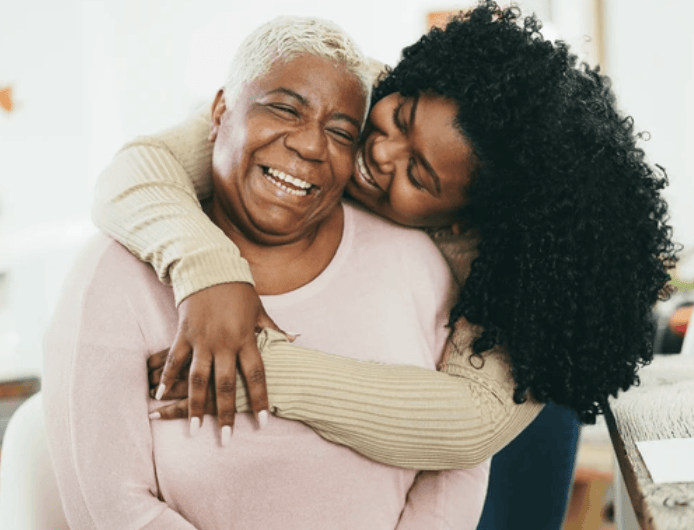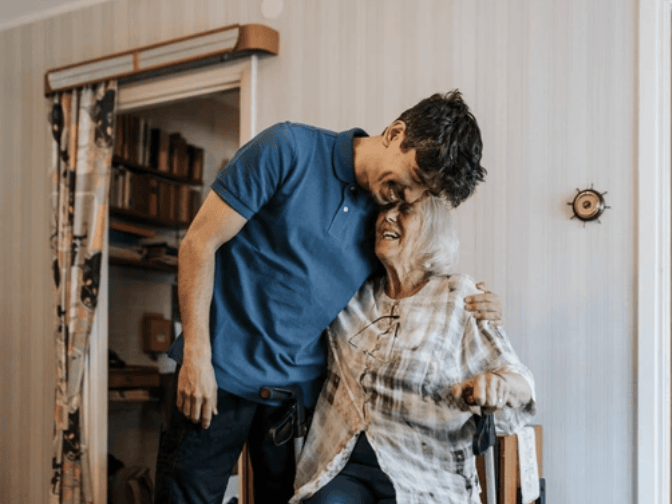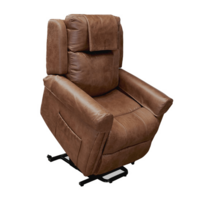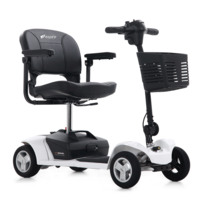Steps to preventing an unwanted fall in your home
Understanding the Risk 
As we age, changes in our bodies and living environments can increase the likelihood of falls. Factors such as health issues, decreased mobility, medication regimes, vision impairments, and unsuitable footwear can contribute to this risk. Additionally, hazards in the home and community, like uneven surfaces and poor lighting, can increase the danger of having a fall.
Personal Strategies to Prevent Falls
Health Management
Regular health check-ups can identify conditions that may increase a falls risk. Managing your health and reviewing medications with healthcare providers can help reduce any associated side effects that affect balance and coordination.
Maintaining Mobility
Engaging in regular physical activity enhances strength and balance. It has been found that inactive or unfit people tend to have poorer balance and weaker muscles and can be unsteady when walking. These can all increase the risk of falling. Activities such as walking, tai chi, and specific exercises recommended by health care clinicians can help reduce unwanted risk factors. The Department of Health suggests exercises that promote lower length strength will improve balance and help reduce falls risks.
Vision Care
Regular eye examinations ensure that vision impairments are promptly addressed, reducing the risk of missteps and falls. Vision problems such as cataracts, glaucoma, and macular degeneration can significantly affect depth perception, peripheral vision, and overall clarity. Addressing these conditions early through proper treatment or corrective lenses can improve vision and balance. Ensuring adequate lighting in the home, using contrast strips on steps, and keeping eyewear prescriptions up to date are also essential measures to enhance safety.
Footwear Choices
Wearing well-fitting, supportive shoes with non-slip soles can prevent slips and trips. Choosing footwear with adequate arch support and cushioning helps distribute weight evenly, reducing strain on joints and improving overall stability. Shoes with adjustable fastenings, such as velcro straps or laces, can ensure a secure fit. Avoiding high heels, backless shoes, and shoes with slippery soles is crucial in maintaining balance. Regularly checking shoes for wear and replacing them when they become worn or lose their grip is also an essential part of preventing falls.
 Creating a Safer Environment
Creating a Safer Environment
A significant number of falls occur in and around the home. To enhance safety:
- Home Modifications: Remove tripping hazards like loose rugs, ensure adequate lighting, and install grab rails in areas such as bathrooms. Non-slip mats in wet areas, raised toilet seats, and handrails along staircases can also improve safety. Rearranging furniture to create clear walkways and storing frequently used items within easy reach can reduce the risk of trips and falls.
- Outdoor Safety: Maintain pathways and gardens to prevent trips over uneven surfaces or obstacles. Keeping driveways and walkways clear of debris, ensuring surfaces are even, and installing adequate outdoor lighting can greatly improve safety. Considering slip-resistant surfaces for outdoor areas and ensuring stairs have secure handrails can further reduce risks.
- Planning Ahead: When building or renovating, incorporating design elements that promote safety and accessibility can make a significant difference. Features such as step-free entryways, wide hallways, lever-style door handles, and light switches and power outlets at accessible heights improve mobility and reduce fall risks. Consulting with occupational therapists or home modification specialists can provide tailored advice to create a safer living environment.
Preparing for Emergencies
Despite precautions, falls can still happen. It's essential to:
- Develop a Plan: Have a strategy for seeking help if a fall occurs, such as carrying a phone or using a personal alarm system. Ensuring that emergency contact numbers are easily accessible and having a reliable support network of family, friends, or neighbours can provide peace of mind. Personal alarm devices with fall detection features can automatically alert responders in case of an emergency, even if the individual is unable to call for help.
- Learn Safe Techniques: Understanding how to get up from the floor safely can prevent further injury after a fall. Techniques include rolling onto the side, pushing up onto hands and knees, crawling to a stable piece of furniture, and using it for support to stand up slowly. Attending a falls prevention class or working with a physiotherapist can help individuals practice these techniques safely. Learning how to assist someone else who has fallen without causing injury is also valuable for caregivers and family members.
Final thoughts
Preventing falls requires a comprehensive approach that includes personal health management, environmental modifications, and preparedness for emergencies. By implementing these strategies, older Australians can significantly reduce their risk of falls and maintain their independence.



























